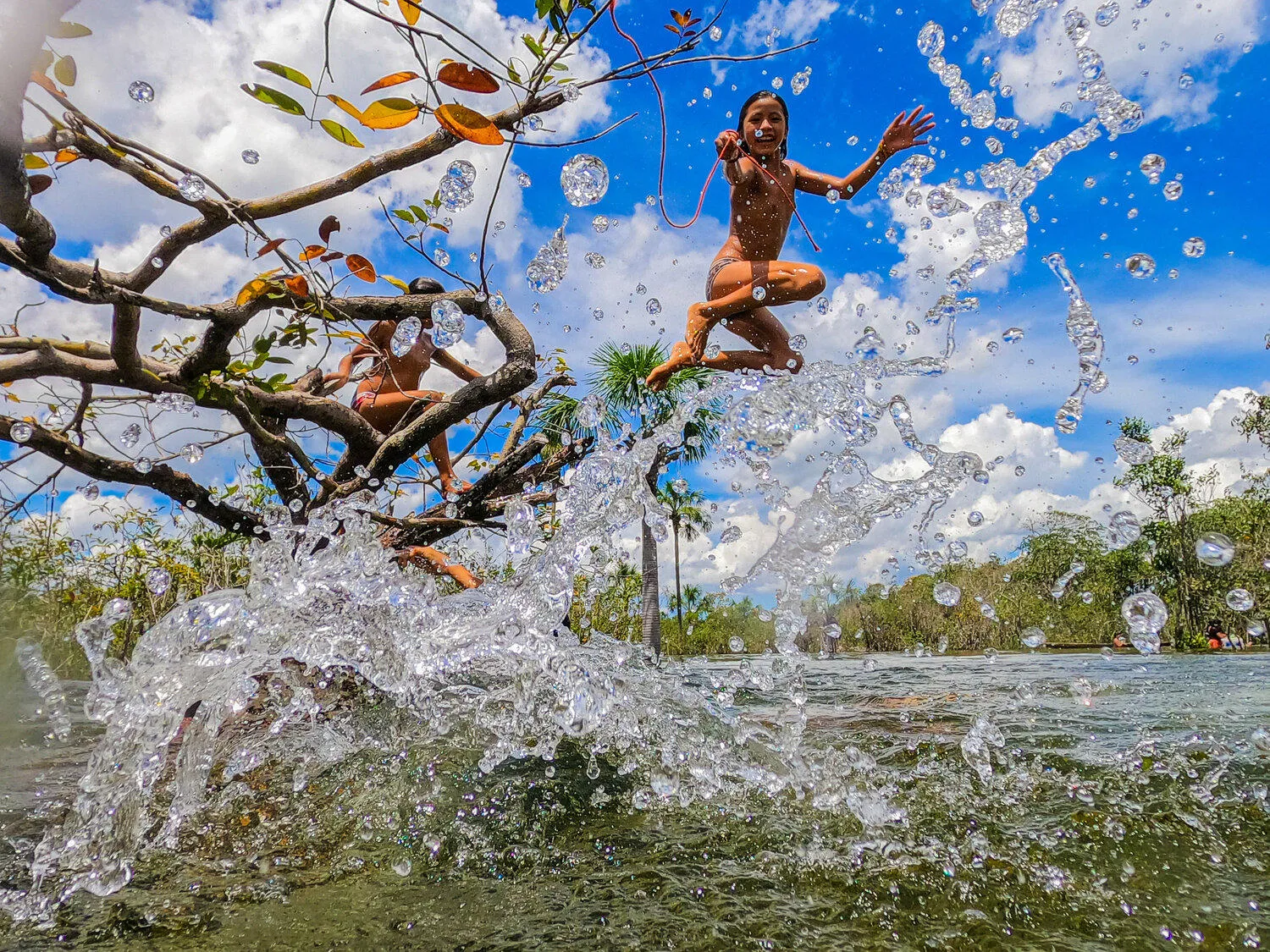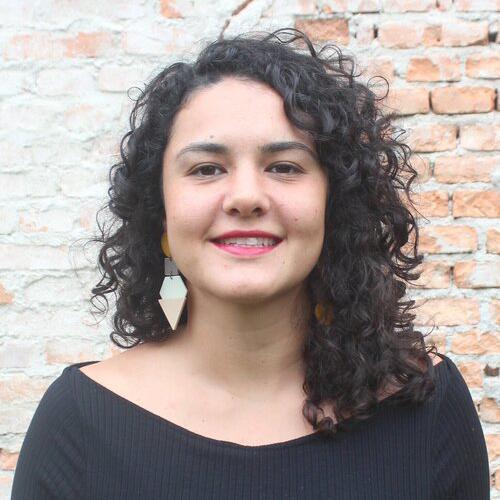The annihilation project against the indigenous nations reveals an ongoing ideology that unites countries around the world- and it has to do with all of us. A bill that is threatening indigenous people’s land rights in Brazil and the recently found unmarked graves of indigenous children in Canada are two faces of the same centuries-old political project that prioritizes monoculture in all spheres of life. This project has led us to where we are now: climate emergency and rising inequality. Are we able to forge ways out of it? Learning from and standing for ones that have long been fighting and defending our future is a good way to start.
If we look at countries from the perspective of the single-story policy, Brazil and Canada have a lot in common. In fact, Jair Bolsonaro, Brazilian current president, was even inspired by Canada’s neighbour, the United States, as one of his quotes during elections was that “The Brazilian cavalry was very incompetent. Competent was the American cavalry, which decimated its indigenous in the past and nowadays does not have this problem in their country.” And by this, he means indigenous rights. So yes, you could say he is keeping his promises by introducing this bill - no surprises.
‘The only surprising element really is that Canadians are so surprised,’ said Niigaanwewidam Sinclair, associate professor at the University of Manitoba, in Canada. He is referring to the recent discovery of more than a thousand unmarked graves, most of them belonging to indigenous children, that have recently been discovered in Canada. The graves are located in places where, for 100 years and until the 1990s, government-funded and church-run residential schools operated for indigenous children. The schools were part of a “cultural assimilation” project, also called cultural genocide by the country's Truth and Reconciliation Commission, which completed its work in 2015.
A Development Project Based On “running Cattle Herd”
This assimilation project, based on the annihilation of whole communities and their ways of existing, is also the driving force behind the Brazilian Bill 490 that just advanced in Brazilian Congress . The bill is a result of strong ruralists lobbies and goes against both the Brazilian Constitution and Convention 169 of the International Labour Organization (ILO) by affirming that Indigenous peoples only have the right to the lands they occupied at the time of the promulgation of the Brazilian Constitution, in October 1988, which significantly reduces their territories. To reduce their territory is both to reduce their rights of existence that are connected spiritually, culturally, socially, and economically to their land and to jeopardize future generations that will have to deal with entire territories turned into endless pastures and soy plantations. This is without mentioning the impacts of the climate emergency.
The Bill is just a tiny part of a wider and rather transparent project from the Brazilian government that includes legalizing land-grabbing, the end of environmental licensing, and opening the fence to prior illegal mining and wood extracting. A project that reinforces a concentrated and agribusiness commodity-based economy.
We Can't Eat Money
Canada and Brazil are not alone in this. The attack on indigenous rights is in fact one facet of the alliance between the state and multinational mining, oil and energy, agribusiness and other agents of the neoliberal-extractive agenda.
“Here from this land, food is produced for the whole world and you cannot eat money”, said Wrays Perez, the first and former governor, or pamuk, of the self-declared autonomous territory of the Wampis Nation in Peru, to the British Parliament.
The Wampis nation has lived in a 1.4 million-hectare piece of land in the Amazon, at the border of Peru and Ecuador, since they can remember. And they have since worked to protect the forest and keep it alive -- which means defending the land from illegal mining and illegal wood extracting but also protecting it from the alliances between the Peruvian state and regional or multinational companies supported with Global North investment such as Blackrock and Citigroup.

Prefigurative Governance For The Future Of All
In 2015, the Wampis self-declared an autonomous government and established governance protocols, including elections that recently elected a new pamuk. Built upon their ancient history in building spiritual, cultural, political and economic institutions, around 15,000 Wampis are teaching us that self-determining, commons-based organizations are a big part of the solution for protecting both our common resources and our social systems. Their assemblies, voting and internal regulations, and their vision of a future that is collective while being both ancestral and innovative, is a prefiguration of a world where the forests are healthy and so are we.
Does that mean the end of the nation-states? On more than one occasion I have seen Wrays speaking of how they recognize themselves as one of the nations of Peru, although they have been in that territory long before the notion of a Peruvian state existed. To declare their autonomy, to empower self-determination does not necessarily mean the end of nations. Instead, it can mean opening space for other political projects that substitute monoculture for pluriverse, that challenges the notions of development and progress as a straight line, that takes us away from being a hostage of the one size fits all thinking. That brings us into the Commons, going beyond the state and market as we know it.
To Defund The Colonial-monoculture Based Model Is To Advance A World Where Many Worlds Fit
In a document that recovers the history of the construction of their autonomy process, the Wampis tell us that their ultimate goal is to build the Tarimat Pujut (Buen vivir, vivir grato, vida plena). A notion shared by many indigenous and originary people, Tarimat Pujutm, similarly to Buen Vivir, is based on the belief that to have a “good life” is only possible as part of a community, but community in an expanded sense, not just humans but also plants, animals, and Nature itself. This is so embedded in their culture that one shared tradition among different nations that I have known is that no one dies alone. Even when someone is dying there is a collective perspective in it. “Nadie se entierra solo”.
To recognize the rights and the ways of indigenous people and to stand with and fight for them is not just about solidarity or condescension. It is a matter of defending precious alternatives of existence. A world where many worlds fit, as the Zapatistas would say. Pluriverse instead of the monoculture model promulgated by the alliance between state and private interests. To defend indigenous people, their territories and their knowledge in all countries is to defend our future. Stand with your local indigenous people, hear their stories, learn from how they have, for centuries, lived in coexistence with other species. Push your local investors. And defund deforestation and the colonial-monoculture model.
The views expressed in this post are those of the author and do not necessarily reflect the position of the Atlantic Fellows for Social and Economic Equity programme, the International Inequalities Institute, or the London School of Economics and Political Science.

Georgia Haddad Nicolau
Co-founder and Director, Instituto Procomum
Georgia Haddad Nicolau is an Atlantic Fellow for Social and Economic Equity and a civil society professional, activist, cultural manager and creative professional. She is also a researcher, trained facilitator and consultant in the fields of social organisations, culture and arts, human rights, innovation, development and creative industries. She is the Co-founder and Director of Brazilian commons-based organisation Instituto Procomum.
Image credits: Photos by Kamikia Kisedje, who is a filmmaker and photographer trained by Vídeo nas Aldeias, and who has built a particular path as an indigenous reporter. With a web channel, he follows the national indigenous movement and also issues involving his Kisedje people, located in the state of Mato Grosso, Brazil.
